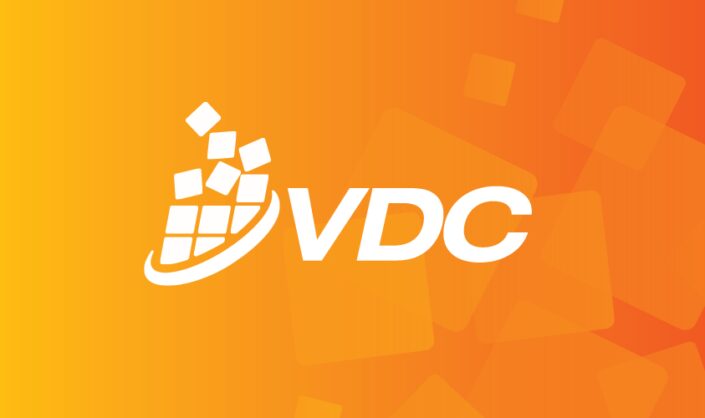
Selecting teaching practices based on evidence about how they work for learners.
Established about a decade ago, Social Ventures Australia (SVA) has taken innovative, evidence-based approaches to social policy areas like housing and employment. One of SVA’s very useful endeavours has been to create and maintain a great reference for teachers – the Evidence for Learning Toolkit.
The web-based Toolkit is easy to drive, and offers plain language overviews of (currently) 34 teaching and learning practices. The Toolkit is pitched to school teachers, but before VET professionals set it aside as irrelevant, let’s consider two things.
First, learning at age 8 is not so different to learning at age 28 or 68. Effective teaching practices, principles and theories are pretty consistent even though there’s huge variation in learner readiness and learning environments. For example, one of the practices in the Toolkit is peer tutoring. Evidence tells us it’s among the most effective teaching strategies we have, and characteristics of good peer tutoring are consistent whether the site of learning is primary school, online, the workplace, or the University of the Third Age.
Second, we don’t have a web-based, easy to drive VET learning and teaching toolkit in Australia. It’s something we need, but let’s make use of what we have – SVA’s remarkably good resource.
Good evidence for learning gains
Each of the 34 practices sitting in the Toolkit is scored on cost to implement, evidence security and ‘months’ impact’. It’s useful to concentrate on teaching practices with both high evidence security and a large number of months’ impact. Toolkit teaching practices that do well on both measures include:
- Metacognition and self-regulation – 4/5 for evidence security, with a learning gain of 8+ months
- Collaborative learning – 4/5 for evidence security, with a learning gain of 5+ months
- Digital technology – 4/5 for evidence security, with a learning gain of 4+ months.
What the Toolkit says about metacognition and self-regulation takes the mystery out of it:
‘Metacognition and self-regulation approaches (sometimes known as ‘learning to learn’ approaches) aim to help learners think about their own learning more explicitly. This is usually by teaching students specific strategies to set goals, and monitor and evaluate their own academic development. Self-regulation means managing one’s own motivation towards learning. The intention is often to give students a repertoire of strategies to choose from during learning activities.’
The Toolkit goes on to indicate what a teacher might consider when devising teaching strategies that improve students’ metacognition and self-regulation. For example:
‘Teaching how to monitor: Have you asked students to consider where the task might go wrong? Have you asked the students to identify the key steps for keeping the task on track?’
Mythbusting, and more
The Toolkit does some welcome mythbusting too. One instance of this is the idea ‘learning styles’ which holds that every person has a distinctive learning style that they do better with – listening, writing, moving and so on. Well, the evidence isn’t there for it – the Toolit makes a blunt assessment: ‘The lack of impact of learning styles has been documented at all stages of education.’
You can find out more about SVA’s work on education policy and practice by visiting the summary webpage for education activities.








